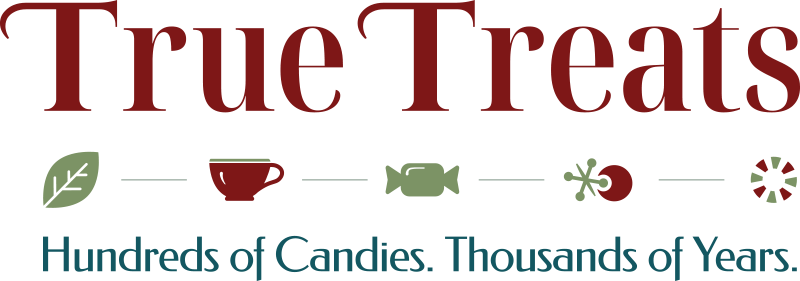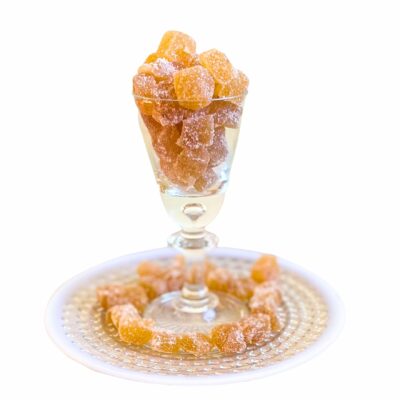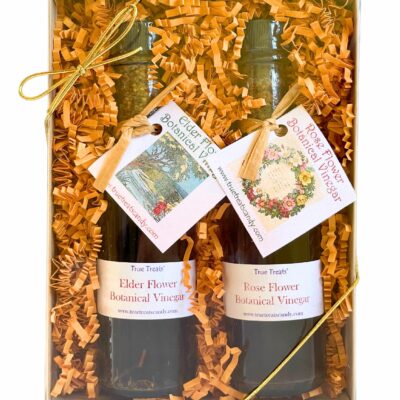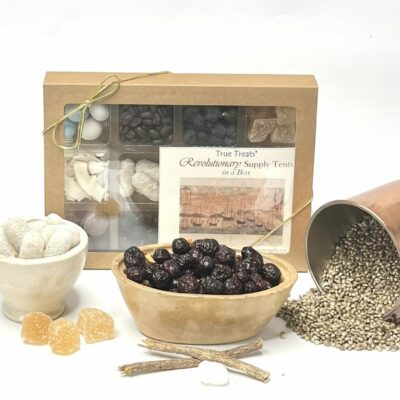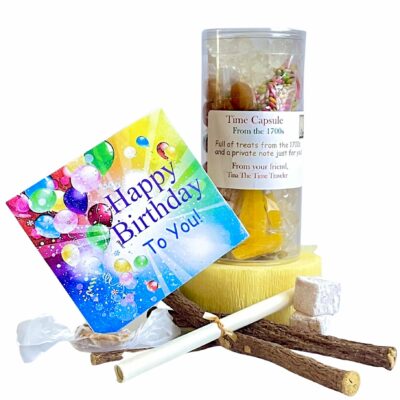1700s Sweets & Treats Timeline
$21.00
Sweets, treats and sugar plums used for health, medicine, and refreshment plus card w/historic image by Paul Revere plus story. *Due to availability, some contents are subject to change*
Step Back In Time…
The 1700s was a time of exploration. War. Settlement and enslavement. And sugar played a central role in the lives of everyone who lived it. Experience the flavors of the 1700s with this authentic curated collection of sweets and snacks.
Roots, Sap… and the “White Man’s Fly”
Maple sugar was native to North America, and honey bees arrived with settlers. Native Americans called them the “white man’s fly.” Licorice root (ground) which is 50x sweeter than cane sugar, appeared in the 1600s. Native Americans and colonists chewed the root to clean their teeth. They also carried a ready supply of seeds – watermelon, pumpkin, and sunflower among them.
Candied Flowers, Sugar Plums… and Stain Glass Candy?
Well-to-do European Americans coated flower petals and almonds in sugar and rolled nuts and seeds in sugar syrup to create sugar plums and cream filberts. They also boiled sugar to make stain glass and other “sweetmeats” and added it to a chocolate drink made from cacao beans.
Enslaved Workers & Sultans
Brown sugar contained molasses, the remnants of the sugar cane production, giving it its ebony hue. Enslaved workers pulled the molasses to make a forerunner to taffy – molasses pulls. First made in 9th century Arabic apothecaries, Turkish Delight was loved by a sultan in the 1700s, thus the “Turkish” name. Colonists likely enjoyed Turkish Delight, which they would have experienced in Europe.
